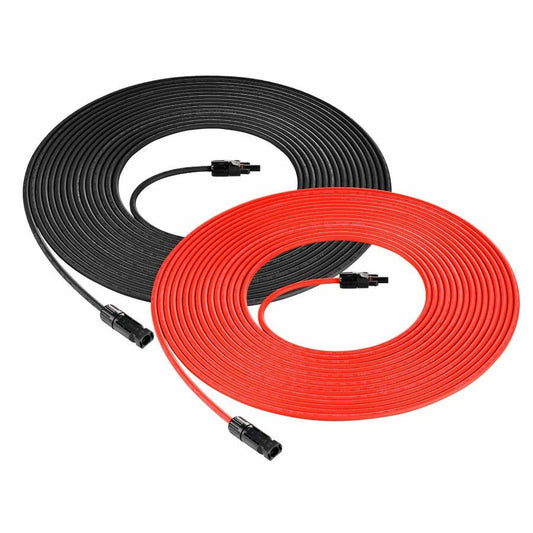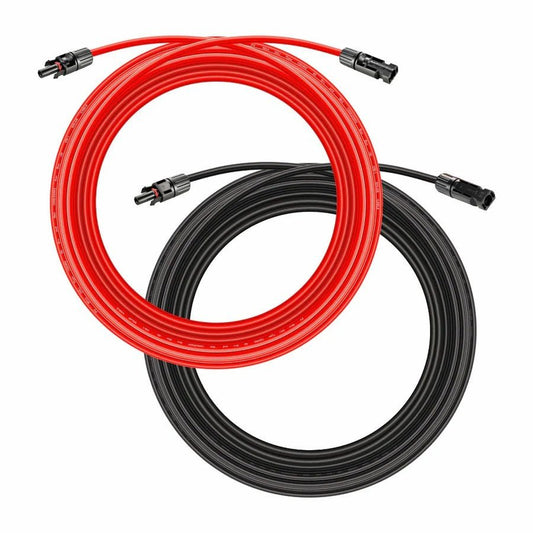Your Cart
Understanding split phase power

All About Split-Phase Power: Keeping Your Home Running Smoothly
Have you ever wondered how your house gets the electricity it needs to power everything from your toaster to your dryer? The answer lies in a system called split-phase power. It's a common and efficient way to deliver electricity to homes and businesses in North America.
In this blog post, we'll delve into the world of split-phase power, explaining:
- What it is and how it works
- The benefits of split-phase power
- How it differs from other electrical systems
- Things to keep in mind about split-phase in your home
By the end, you'll have a clear understanding of this essential part of your home's electrical infrastructure.
Split-Phase Power Explained
Split-phase power is a type of single-phase AC (alternating current) electrical system. It utilizes three wires:
- Two hot wires: These carry alternating current, typically at 120 volts each, but out of phase with each other by 180 degrees.
- One neutral wire: This acts as a common return path for the current.
Here's the magic:
- 120V for Everyday Appliances: Most household appliances, like lights, TVs, and computers, use the 120 volts between one hot wire and the neutral wire.
- 240V for High-Power Needs: Appliances with higher power demands, like dryers, ovens, and electric car chargers, can utilize both hot wires together to access 240 volts. This provides the extra oomph they need to function.

Think of it like this: Imagine a split-phase system as having two lanes on a highway. Each lane (hot wire) carries regular traffic (120V) but in opposite directions. Cars (appliances) can use one lane for everyday driving, while larger trucks (high-power appliances) can use both lanes together when they need to haul a heavier load (240V).
Benefits of Split-Phase Power
Split-phase offers several advantages:
- Cost-effective: It requires less conductor material compared to other systems, making it a cost-efficient way to distribute electricity.
- Efficient for Homes: It provides both 120V and 240V, catering to the needs of various appliances in a single system.
- Widely Available: Split-phase is the standard electrical system in most residential areas of North America.
Split-Phase vs. Other Systems
It's important to distinguish split-phase from other electrical systems:
- Single-phase two-wire: This system only has one hot wire and a neutral wire, limiting it to 120V. It's less common than split-phase.
- Three-phase power: This industrial system uses three hot wires and a neutral wire, providing greater power capacity and efficiency for larger buildings and motors.
Split-Phase Safety and Considerations
While split-phase is generally safe, it's important to remember:
- Always consult a qualified electrician for any electrical work in your home.
- Never overload circuits.
- Be aware of the voltage requirements of your appliances before plugging them in.
Keeping Your Home Powered with Split-Phase
Split-phase power is the workhorse behind most homes in North America, providing a safe and efficient way to deliver electricity. By understanding how it works, you can appreciate the complex systems that keep your home running smoothly. If you have any questions or concerns about your home's electrical system, consult a qualified electrician.
No comments






















0 comments